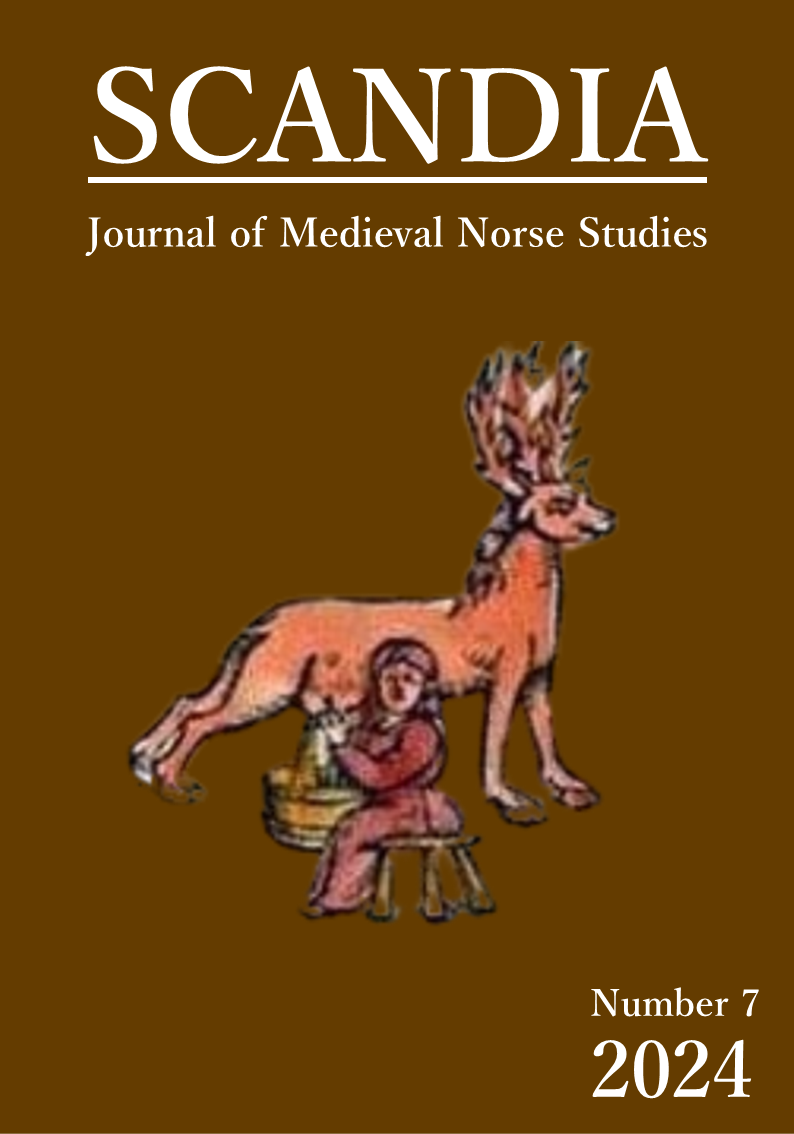Secularity and spirit sitting side by side: the pew-ends of St Óláv’s church
Resumo
The aim of this article is to explore the religious, social, and political reasons for the elaborate decoration of the pew-ends of St Óláv’s church in the Faroe Islands. Óláv Haraldsson was a Norwegian king who made his last stand at the battle of Stiklestad in 1030. The king’s sainthood was solidified with his canonisation by the tenth-century Bishop Grimketel. A growing Norwegian political influence in the Faroes fostered the growth of Christianity. The church of St Óláv was built circa the twelfth century. Inside the church of St Óláv, on the Faroese island of Streymoy, once sat a set of beautifully carved wooden pew-ends. After six hundred years, eighteen of these pew-ends now sit in the national museum in Tórshavn. Their carvings depict various imagery, including escutcheons and religious figures, such as the apostles. The general lack of sources written about the Faroe Islands, as well as the Islands’ small population, has led to a lack of research in academia surrounding Faroese history. The carvings and decorations offer information on life in the medieval Faroe Islands. With little being written on these bench ends, this article hopes to analyse the religious, social, and political spheres to indicate reasons for the pew-ends’ decoration in the first place. Ultimately the religious, social, and political contexts of the time are the reasons why these pew-ends were decorated with the carvings that they have.
Downloads
Downloads
Publicado
Edição
Seção
Licença
O(s) autor(es) do original apresentado se compromete(m) a cumprir o que se segue:
- Todos os autores responsabilizam-se publicamente por ele.
- Os autores afirmam que este original é de sua autoria e que assumem integral responsabilidade diante de terceiros, quer de natureza moral ou patrimonial, em razão de seu conteúdo, declarando desde já que a obra não infringe quaisquer direitos de propriedade intelectual de terceiros.
- O(s) autor(es) concordam em ceder os direitos autorais do original à Revista Scandia, à qual concedem permissão para sua reprodução, edição e publicação on-line.
- O(s) autor(es) outorgam seus direitos autorais de seu original à Revista Scandia, licendiado sob a Criative Commons Attribution License, que permite o compartilhamento deste trabalho com o reconhecimento de sua autoria.
- O(s) autor(es) têm permissão e são estimulados a citar e distribuir seu original.



